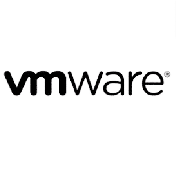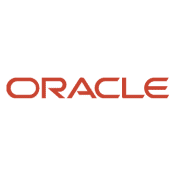Inhalt des Trainings
This 5-day course provides the knowledge and skills needed to incorporate the HPE NonStop servers into your TCP/IP environment and perform system configuration. Upon completion of the course, you will be familiar with the products and utilities that allow you to configure, monitor, modify, and control your system.
After you successfully complete this course, expect to be able to:
- Conventional TCP/IP
- Cluster I/O Protocols (CIP) and Cluster I/O Module (CLIMs)
- TCP/IPv6
- ServerNet LAN Systems Access (SLSA) Subsystem
- Expand-over-IP
Microsoft
Microsoft Office
ITIL
Red Hat
Cisco
 VMware
VMwareCitrix
Unix Linux
Amazon AWS
 Oracle
OracleAutoCAD
IBM
Hewlett Packard Enterprise (HPE)
Google
Salesforce
AI – Artificial Intelligence
Automatisierung
Cloud Computing
Grafik
IT-Management
Development
Security
Netzwerk
Data Science
Soft Skills
Video Based Trainings
Nachhaltigkeit
